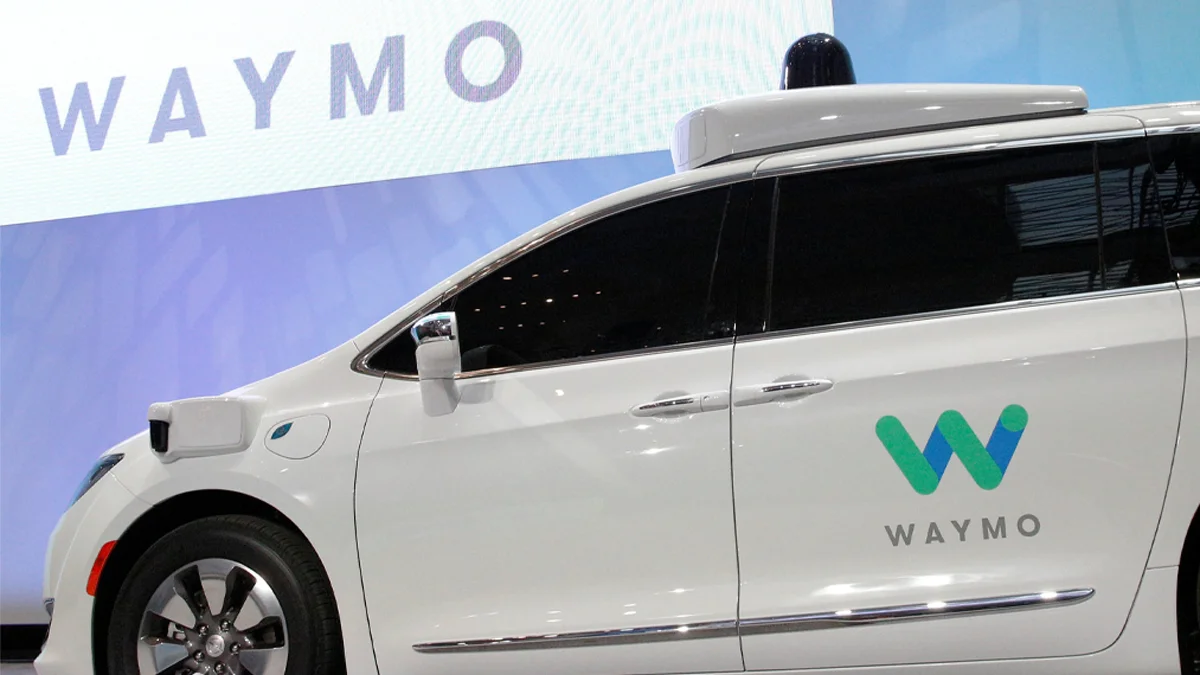Necessary Always Active
Necessary cookies are required to enable the basic features of this site, such as providing secure log-in or adjusting your consent preferences. These cookies do not store any personally identifiable data.
|
||||||
|
||||||
|
||||||
|

Alphabet-backed self-driving company Waymo has recalled 1200 autonomous vehicles, Reuters reported. The latest Waymo vehicle recall has been triggered by a software malfunction that caused some of its autonomous vehicles to collide with barriers on roadways.
Some of the recalled vehicles collided with gates, chains, and other types of road barriers. However, no injuries were reported.
The recall affects Waymo self-driving cars that operate on the firm’s older fifth-generation automated driving system (ADS). The company says that the software issue has been fixed through a Waymo system update. The process involved upgrading the driving system with the company’s latest sixth-generation self-driving software.
The autonomous vehicle company also claimed that it rolled out its latest software version in its entire fleet by the end of last year. Launched in August last year, Waymo’s sixth-generation robotaxi technology is capable of handling a range of weather conditions without numerous sensors and cameras on board.
At the time of launching the software, Waymo had commenced testing on public roads but with drivers onboard. Testing and validation work was conducted in New York, Detroit, and Buffalo to help Waymo understand how the robotaxis would perform in varying weather and traffic settings.
Waymo says it has already filed a report about the collisions with the US National Highway Traffic Safety Administration. Currently, the self-driving company has more than 1500 self-driving vehicles operating on roads in Austin, San Francisco, Phoenix, and Los Angeles in the US.
In the US, autonomous driving vehicle companies have been subjected to regulatory scrutiny after a pedestrian sustained serious injuries following a Cruise car accident. Last year, Waymo recalled more than 670 vehicles after one of its driverless vehicles crashed into a wooden utility pole in Phoenix, Arizona.
Waymo safety concerns have been compounded by an NHTSA investigation after 22 reports filed by the company indicated that Waymo’s self-driving vehicles exhibit unexpected behavior or actions that potentially violate traffic laws. Last month, Waymo announced plans to launch fully self-driving taxis in Washington DC in 2026.
Prior to the latest recall, the company had been completing more than 200,000 paid passenger trips in Phoenix, San Francisco, Austin, and Los Angeles every week.
In recent weeks, companies that have developed automated driving software like Waymo and UK-based Wayve have been seeking to collaborate with global vehicle manufacturers. Earlier this month, Wayve signed its first commercial deal with Japanese car maker Nissan. The deal will see Wayve integrate its self-driving technology in Nissan vehicles to support the automaker’s driver assistance system starting 2027.
On April 30, Waymo said that it will be exploring a partnership with Toyota Motors to develop an autonomous vehicle driving platform. In the partnership, Toyota will develop a platform that will be deployed on Waymo’s driverless vehicles fleet. The two companies are also exploring possibilities of leveraging Waymo’s automated driving technology in Toyota’s personally owned vehicles.
“The companies aim to further accelerate the development and adoption of driver assistance and automated driving technologies for POVs,” The two companies said in a joint statement.
Toyota isn’t the only automaker that Waymo has been eying to expand its partnerships. The US self-driving vehicle company has also been focusing on partnering with Zeekr and Hyundai as well as ride-hailing company, Uber. Waymo plans to enter the Japanese market in the coming years.
Earlier this month, the robotaxi company started running test rides with human drivers onboard in Tokyo. The move is aimed at collecting data and mapping major areas in the Japanese capital to understand driving patterns and local infrastructure.